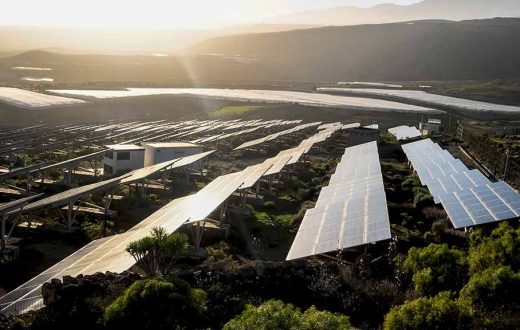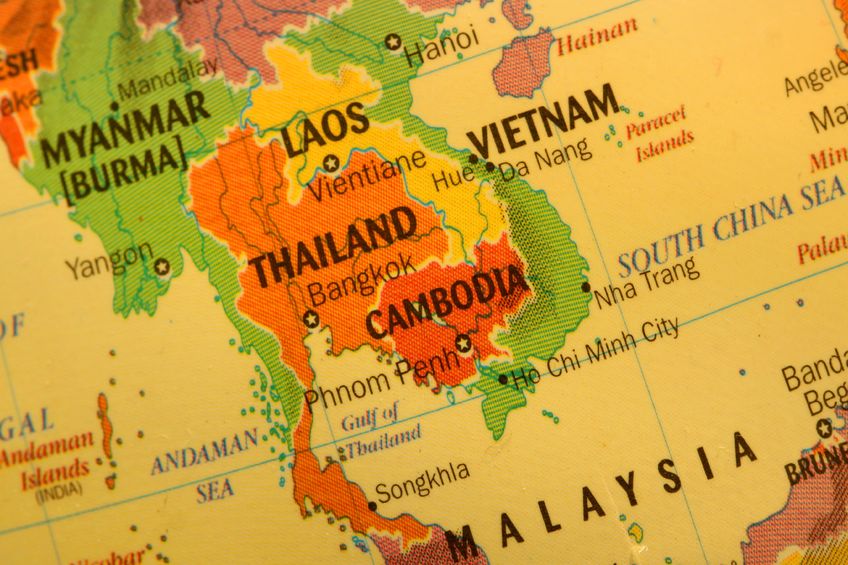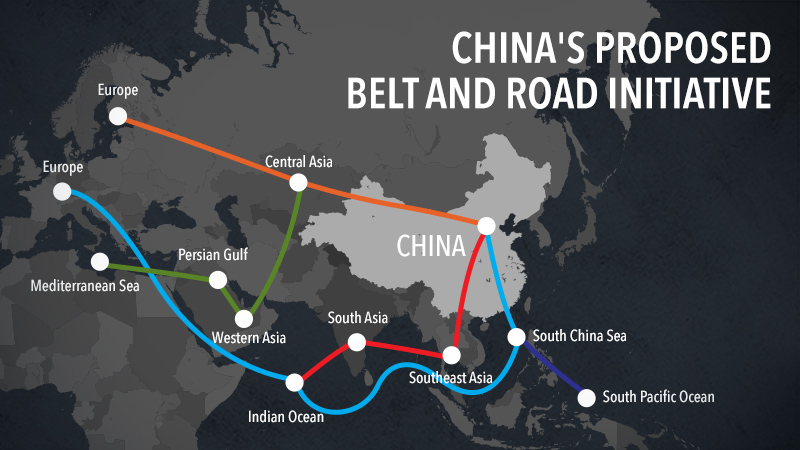In old, golden days hardly any challenges of unemployment and social grievances could be traced. With myriad socio-economic challenges on the rise, migration is a prime driver for source of employment and livelihood. After globalization in the 1980s and 1990s, transfer of people from one place to another became a usual phenomenon and migrant remittance has ever increasing trend.
In Migration and Remittance fact book 2016, the World Bank report states that of the total amount $601 billion, developing countries are estimated to receive about $441 billion, nearly three times the amount of official development assistance. Gone are the traditional challenges of transferring funds with emergence of large banking networks throughout the world and use of the technology.
Over the last few decades, many youths are making rushed choice of shifting overseas due to grim political reality and sluggish economic development. There is virtually no difference between Nepal and New Nepal as political leaders act same old dance and drama. At present around four millionNepali migrant workers are working in more than 100 countries. On the other side, there lies a paradox- youth migrate abroad for job and a shortage of skilled human capital inside nation.
Although there has been significant progress on social sector ofNepal, the performance of real sector is dreadful. In last decades, the service sector has been growing as contributing sector. Nepal‘s growth has been fueling by exogenous factors like import and remittance rather than sustainable growth of manufacturing and agriculture sector. In the recent year, the poverty has declined largely attributing to the circular migration and influx of remittance; the sustainability of poverty reduction is uncertain in the long run as contributing factor for poverty reduction are particularly exogenous and are subject to external vulnerability.
Despite of poor export and large amount of import, remittance has been a major source for contributing heavily to the foreign exchange earnings of Nepal. Further, as per Overseas Development Institute research, ‘returning international migrant often use their skills and newfound networks to access opportunities in Nepal’s cities, suggesting that international migration may be a catalyst for internal social mobility.’ Time and again the calls to mobilize returned migrant manpower at broader scale for nation’s development are yet limited to lip service.
More than half of remittance received by Nepalese household used for ‘daily consumption’ (79 percent), seven percent in loan repayment, four percent each on household property and education, and ‘capital formation’ accounted for just two percent. Remittance poured does not seem to contribute to the productive investment in Nepal. Nepal Living Standard Survey (NLSS III) third round data shows that a relatively better off in general use of agricultural inputs in Terai region. The use of modern tools tractor and thresher are also relatively low which shows that household sector still lack assets. As a result, major crops that contribute to agriculture growth are still dependent on monsoon rainfall and supplies of agriculture input required in different geographical belts are also lacking. Export of agriculture products and self-reliant in domestic products can expand the growth base but it is still the far cry although of abundant resource and climate fulcrum.
Nepal‘s path to prosperity is just step away with proactive and pragmatic government and national agenda promoting on growth and prosperity, improving investment climate, develop infrastructure, nurture good governance, maintain political stability, ensuring transparency and human resource utilization roadmap.







